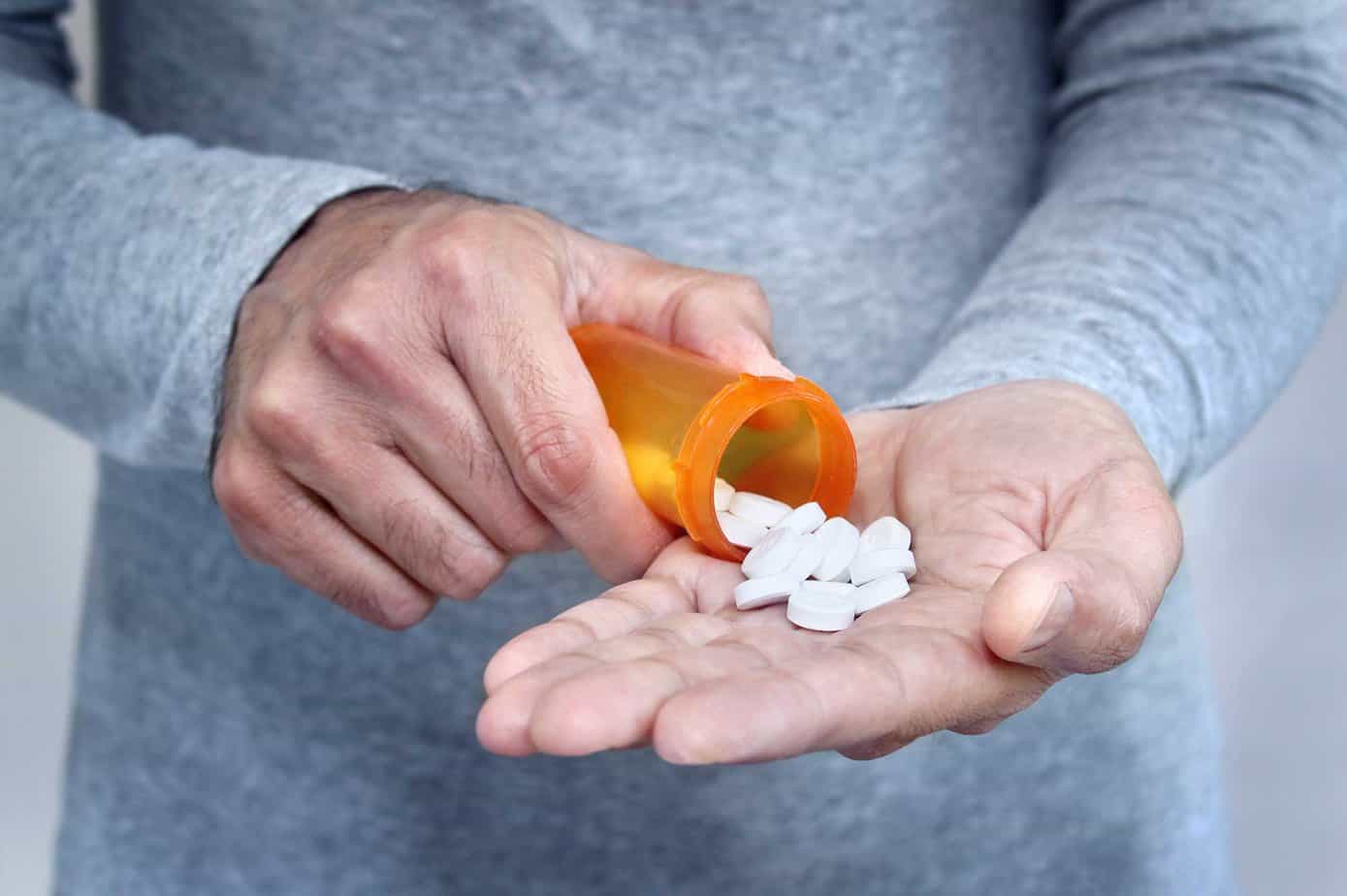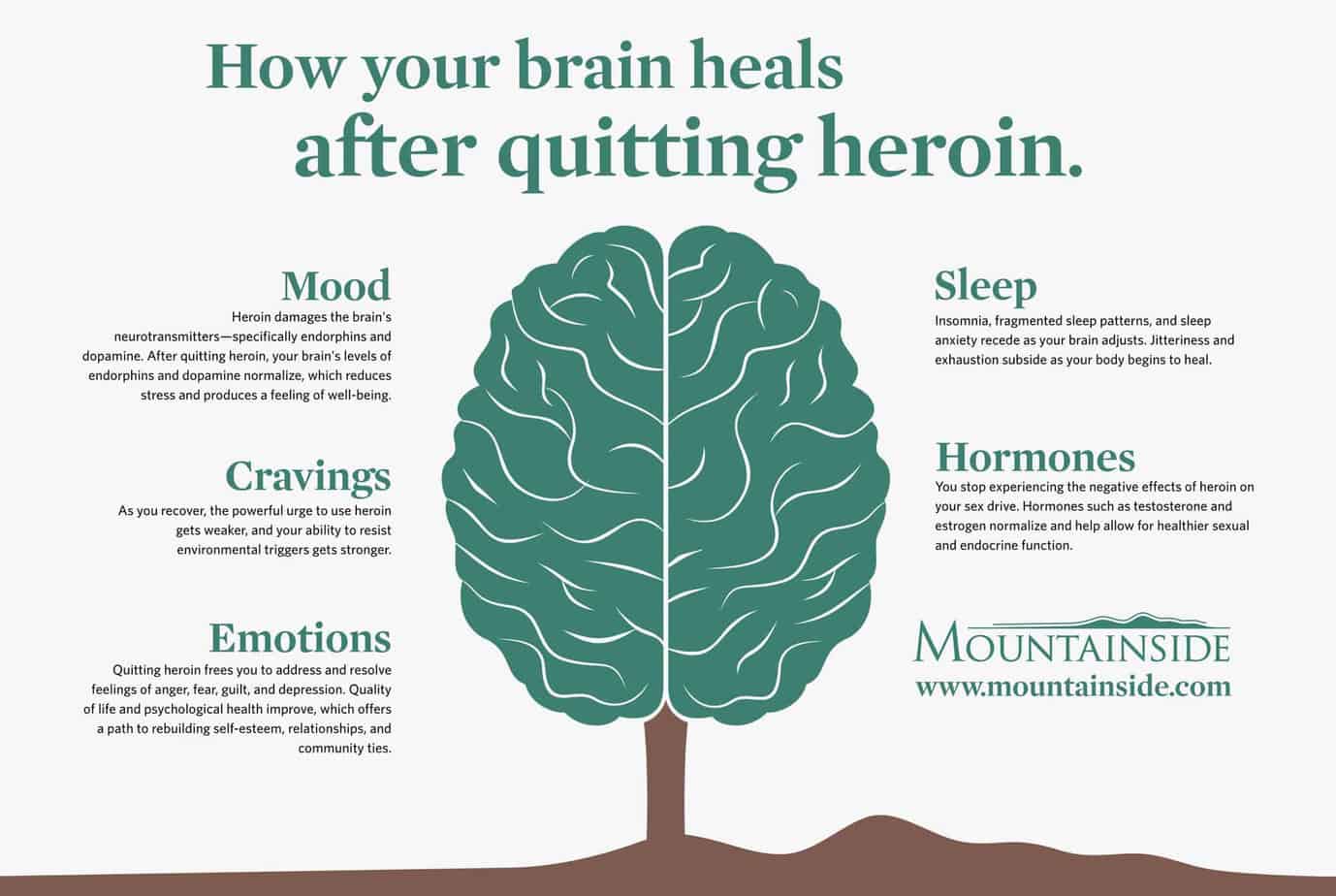Key Takeaways: Effectively managing pain while in recovery from substance abuse requires open communication with your doctor and a multifaceted approach. If opioids are prescribed, use them responsibly by following the prescription and monitoring for signs of misuse. Incorporate alternative pain management techniques and build a strong support system to aid your recovery journey.
Pain management is critical to recovery after surgery or a medical procedure. For those who have a history of substance use, particularly alcohol and drugs, the prospect of being prescribed opioids can cause stress. While opioids can be effective in alleviating pain, they also carry risks, especially for those in recovery. Read on to learn more about managing chronic pain in recovery, using opioids safely while managing pain, opioid alternatives for pain, and alternative pain management.
Understanding Opioids & Pain Management
Opioids are a class of medications that include prescription drugs like morphine, oxycodone, and hydrocodone, as well as illegal substances like heroin. They bind to specific receptors in the brain and spinal cord to reduce pain perception. While they can be highly effective in managing severe pain, they also have the potential for misuse and addiction, making it crucial to approach their use with caution—especially for those with a history of substance use. The choice is always up to the individual whether to opt for their doctor’s prescription or non-addictive pain relief.
The Importance of Open Communication with Your Healthcare Provider
Before starting any medication, particularly opioids, it’s essential to have an open and honest conversation with your healthcare provider. Discuss your history with substance use, recovery status, and your concerns about pain management in addiction recovery. This dialogue will help your doctor understand your unique situation and tailor a safe pain management in recovery that minimizes risks.
Your healthcare provider can also explain the reasons for prescribing opioids, the expected duration of use, and holistic pain management options. This discussion lets you feel more empowered and informed about your treatment plan.
Strategies for Safe Opioid Use
If your doctor prescribes opioids, here are several strategies to ensure their safe use for managing chronic pain in recovery,
Follow the Prescription Exactly
When it comes to pain management in recovery, one of the most critical steps in safely using opioids is to follow your doctor’s instructions precisely. This includes taking the medication at the prescribed dosage and frequency. Never adjust your dosage without consulting your healthcare provider, even if you feel that the medication is not effectively managing your pain. Pain management and addiction resulting from overtaking medication is unfortunately likely.
Set a Schedule
If you’re managing pain in recovery, creating a schedule for when to take your medication can help you stay organized and avoid taking more than prescribed. Consider using a medication tracker app or a simple calendar to mark when you take your doses. This can help prevent accidental overuse and keep you accountable.
Monitor Your Pain Levels
Keep a journal of your pain levels and any side effects you experience while taking opioids. This information can be invaluable during follow-up appointments with your healthcare provider. If your pain is not adequately managed or if you experience concerning side effects, your doctor may need to adjust your treatment plan. Non-addictive pain relief is also available.
Limit Use to the Shortest Duration Possible
Opioids are generally prescribed for short-term use, especially for dental surgery and pain management in recovery or other types of procedures afterward. Discuss with your healthcare provider the possibility of tapering off the medication as soon as your pain allows. The longer you take opioids, the greater the risk of pain medication and addiction.
Explore Alternative Pain Management Techniques
Alternative pain management in recovery may be helpful. Incorporating non-opioid pain management strategies can be beneficial. Pain management without opioids can include physical therapy, acupuncture, mindfulness meditation, and cognitive behavioral therapy (CBT) can help manage pain without the risks associated with opioids. Discuss these options with your healthcare provider to see what might work best for you.
Recognizing the Signs of Opioid Misuse
Managing chronic pain in recovery means understanding the signs of opioid misuse is crucial for anyone taking these medications, especially concerned about pain management and sobriety. Be vigilant for the following warning signs:
- Increased tolerance: Needing larger doses to achieve the same pain relief may indicate developing a tolerance.
- Withdrawal symptoms: Experiencing symptoms like anxiety, nausea, or sweating when not taking the medication could suggest a physical dependence.
- Preoccupation with medication: Constantly thinking about your next dose or feeling anxious when you don’t have the medication can be a red flag.
If you notice any of these signs, it’s vital to reach out to your healthcare provider immediately. They can help you navigate these challenges and adjust your treatment plan as needed. The ethics of narcotic pain management in substance use disorder recovery is closely monitored, and your practitioner is there to help.
Building a Support System
Recovery can be a challenging journey, especially with pain management and recovery together. Building a robust support system is essential for maintaining your overall health. Here are some ways to create a supportive environment:
- Involve trusted friends or family: If you have chronic pain and addiction, share your pain management plan with trusted friends or family members who can help you stay accountable. They can remind you to take your medication as prescribed and provide support during difficult times.
- Attend support groups: Consider joining a support group for those in recovery. These groups can provide a safe space to discuss your experiences, share coping strategies, and receive encouragement from others who understand your challenges.
- Communicate with your healthcare provider regularly: Managing chronic pain in recovery involves regular check-ins with your healthcare provider, who can help you stay on track with your opioid or alternative pain management plan. Don’t hesitate to reach out if you have questions or concerns about your medication or pain levels.
Navigating Pain Management in Recovery with Care
Managing chronic pain in recovery requires careful planning and a proactive approach. Navigating your recovery safely and effectively is possible by following your healthcare provider’s guidance, monitoring your use, and exploring alternative pain management strategies.
If you or a loved one is struggling with addiction, Mountainside can help.
Click here or call (888) 833-4676 to speak with one of our addiction treatment experts.

 By
By 





